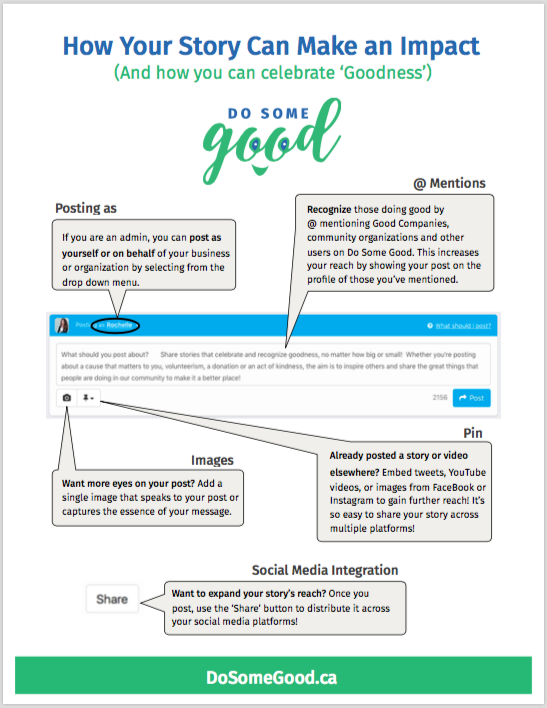

All of this “building the field” cultivates children’s comprehension of the layered meanings in the story and their awareness of the powerful language used in it.

By the third day, the children discuss the themes or life messages in the story. The process starts with several days of interactive read alouds (stage 1: building the field), during which teachers use interactive reading techniques, promote peer-to-peer discussions about the literal and deeper meanings in the story, and draw children’s attention to the illustrations and language used in the story, including vocabulary, dialogue, and figurative language. Using the five stages of the TLC with stories takes about five days. A graphic representation of the TLC is provided below. To begin with, we share a supportive framework - the Teaching and Learning Cycle (TLC) - that we use to scaffold young children’s extended discussions about complex stories, their comprehension of the literal and deeper meanings in the stories, and their ability to write their own engaging and language-rich stories.

These are all great questions, and this short blog post offers some ideas to address them, along with some resources that preschool through first grade (PK-1) teachers can add to their instructional repertoires. “Their stories don’t seem to have any of the vocabulary I taught them.“How do I get my kids to write more interesting stories? Are they too young to learn this?”.“Is it okay to work with complex stories? Will the kids understand them? Isn’t it a good idea to focus on lower level texts first and build them up?”.
Impact in storywriting how to#
“I’m not sure how to get my students to talk more about the complex storybooks we read together.”.Craft social-impact stories - stories that persuade and inspire, sow hope, make a difference and make change happen.įorbes Communications Council is an invitation-only community for executives in successful public relations, media strategy, creative and advertising agencies.Written by Pamela Spycher, Senior Research Associate and Project Director for WestEd’s Leading with Learning.Įarly grades teachers often ask us the following questions about supporting young children to engage with, understand, and write stories: What stories resonated, what didn't and how might you need to pivot your strategy or approach?īecome a communications practitioner who is also a changemaker. Lastly, and what communications practitioners don't always do, is evaluate the impact of your storytelling. Bonus: both platforms lend themselves to stories with visuals like beautiful and inspiring photos and video." And don't forget video "to actually show, rather than tell, your audience about the impact of your work." This kind of storytelling gives the world a chance to be more connected to your work. Eaten explains that social media, including storytelling on Instagram and Facebook, "can offer a way for folks outside of your organization to see the results of the work you do. Blogs or longer-form pieces in a newsletter, for example, allow you to discuss your story in detail. There is no one-size-fits-all tool for storytelling. Go back to your plan and evaluate which communications tactic will best reach which audience. You will just need to change his or her name or say "anonymous," and you shouldn't include any personally identifiable information.īe strategic about how you deliver your story. But, if you don't have permission, you can consider still using the story. If you can get permission from the individual to tell his or her story, that is always best - that way you can use their name and provide all the descriptive detail you need. Include descriptive details about their age, appearance or personality. This will show the breadth and depth of your organization.īring your character to life. For example, if you work at an organization that provides wrap-around social services, try to find stories that touch all of the programs and not just one. Focus on stories that best highlight your organization's work.


 0 kommentar(er)
0 kommentar(er)
